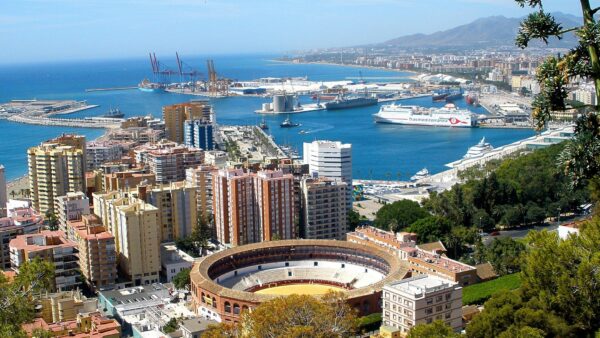France has laid claim to opening the world’s first solar road capable of carrying vehicles.
French environment minister Ségolène Royal inaugurated the kilometre-long road paved with photovoltaic panels on the RD5 at Tourouvre -au-Perche, Orne, on 22 December.
She launched construction of the road, developed by Wattway, a Colas facility, in October.
Funded by the Ministry of the Environment, one lane of the RD5 between the southern exit of Tourouvre and the crossing of the Nationale 12 is covered by 2,800 square metres of photovoltaic panels designed by Wattway.
This first solar road at the global level makes it possible to imagine, in the near future, a new functionality of the French road network in the service of the energy transition for green growth– French Ministry of the Environment
Each slab includes 15-sq-cm cells that form a thin layer of polycrystalline silicon, transforming solar energy into electricity. It is treated to provide adherence equivalent to that of traditional road mixes.
Electrical production of the first solar road is estimated at 280,000 kWh per year, which is an average estimate of street lighting in a city of 5,000 inhabitants, the government said.
The installation includes a bus shelter with solar panel, and a fast electric-charging station.
“This first solar road at the global level makes it possible to imagine, in the near future, a new functionality of the French road network in the service of the energy transition for green growth,” said the ministry.
The road’s behaviour will be monitored under average car and truck traffic.
In January Royal said that the government intends to pave 1,000km of road with photovoltaic panels in the next five years, supplying power to millions of people.
In November 2014 a 100-metre stretch of solar roadway was opened for bicycles in Krommenie, the Netherlands.
Image: The first solar road in the world opened in Tourouvre-au-Perche, France on 22 December (Frederic Stevens/Getty Images)
Further Reading:
Comments
Comments are closed.











a very promising technology, I think especially for intra -urban by/tricicle /pedestrian roads with a lot of electric (tri) cycles and thus far less impact on the road paving tiles.
Great step forward I wonder if this country UK will make some move to follow an essential example